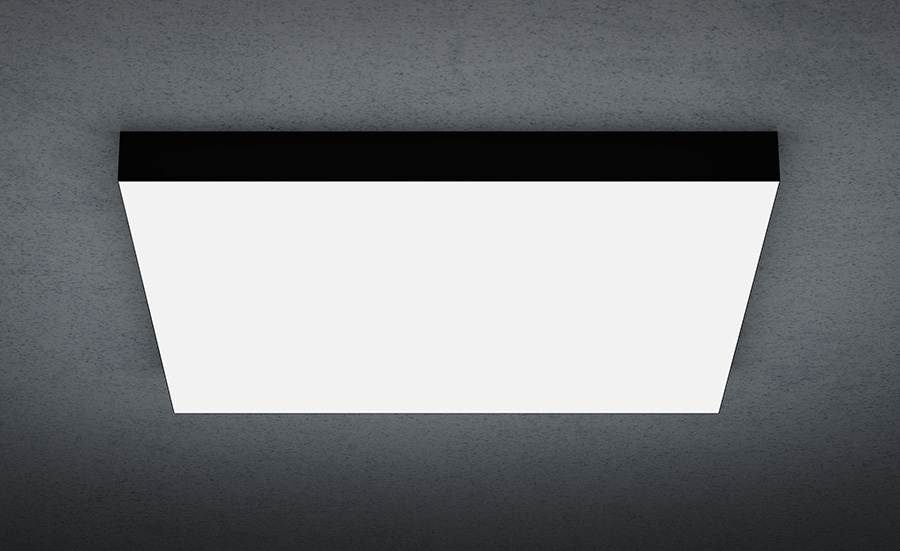How to Secure and Configure a Light Panel at the Top to Prevent Falling
 Jan 14 , 2025 | Shanghai YIHUI Optoelectronic Technology Co., Ltd - Lighting Solution Provider
Jan 14 , 2025 | Shanghai YIHUI Optoelectronic Technology Co., Ltd - Lighting Solution Provider
When installing a light panel at the top of a space, safety and stability are important. Proper installation ensures that the light panel stays securely in place over time, avoiding any risk of it falling. Here are the key steps and considerations for securing and configuring a light panel:
1. Use of Proper Mounting Hardware
Mounting Brackets or Clips: High-quality mounting brackets or clips should be used to secure the light panel to the ceiling or wall. These are designed to hold the panel securely and ensure it remains in place, even when vibrations or other forces are at play.
Adjustable Supports: Depending on the size and weight of the panel, adjustable supports may be necessary. These can help distribute the weight evenly, minimizing the risk of stress on a single point.
Industrial-Grade Fasteners: Heavy-duty screws, anchors, and bolts are essential for installation. Ensure that the fasteners are appropriate for the material of the ceiling or wall (e.g., concrete, wood, drywall).
2. Consider the Panel's Weight
The weight of the light panel will dictate the type of mounting system required. Lighter panels can be fixed using adhesive or smaller clips, while heavier panels may require more robust support, such as steel brackets or suspension cables.
Ensure that the ceiling or wall structure is capable of supporting the weight of the panel without risk of damage or failure.
3. Ceiling or Wall Configuration
Ceiling Mounting: For top-mounted light panels, consider using a suspension system (cables or chains) that attaches to both sides of the panel, ensuring it remains securely in place. The suspension should be adjustable to allow for height and angle adjustments.
Wall-Mounted Panels: If the panel is mounted against the wall, use a combination of horizontal brackets and anchors to ensure it remains level and stable. For additional security, consider adding a secondary support system, like a back brace.
4. Installation of a Safety Mechanism
Safety Cables or Straps: Installing a secondary safety mechanism, such as safety cables or straps, ensures the panel won't fall even if the primary fasteners fail. These can be installed in parallel with the main mounting hardware, providing an added layer of protection.
Check Weight Limits: Make sure the mounting hardware is rated for the specific weight of your light panel. Exceeding the recommended weight limits can cause the installation to fail, leading to potential hazards.
5. Proper Wiring Configuration
If the light panel requires electrical wiring, make sure to use secure cable management systems that prevent the wires from becoming loose or pulled. Using conduits or wire clips can help keep everything in place and prevent the panel from being unintentionally dislodged.
It is also crucial to ensure that all wiring is done according to local safety standards to prevent any risk of electrical issues or fires.
To ensure a light panel fixed at the top remains safely in place, proper mounting hardware, weight consideration, and a secure wiring system are essential. Additionally, using secondary safety mechanisms like cables or straps can provide an extra layer of protection. Regular inspections are vital to maintain the integrity of the installation. With the right configuration and attention to detail, the light panel will stay securely mounted and function optimally without any risk of falling.

